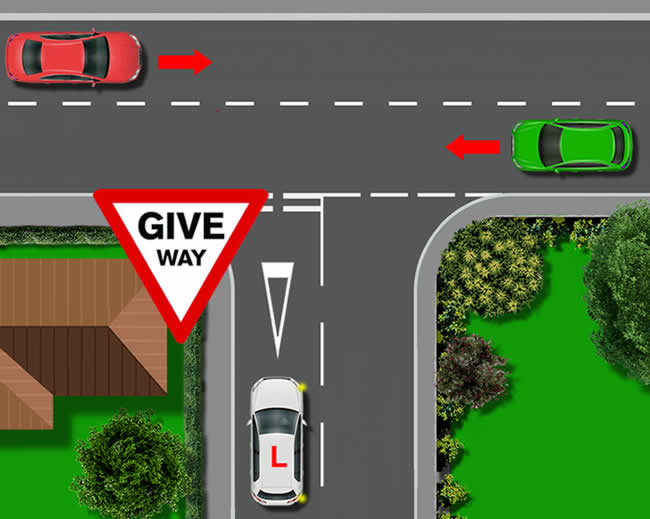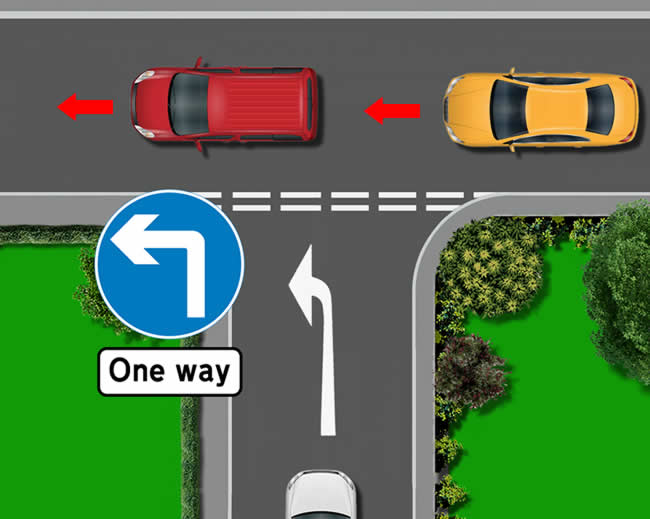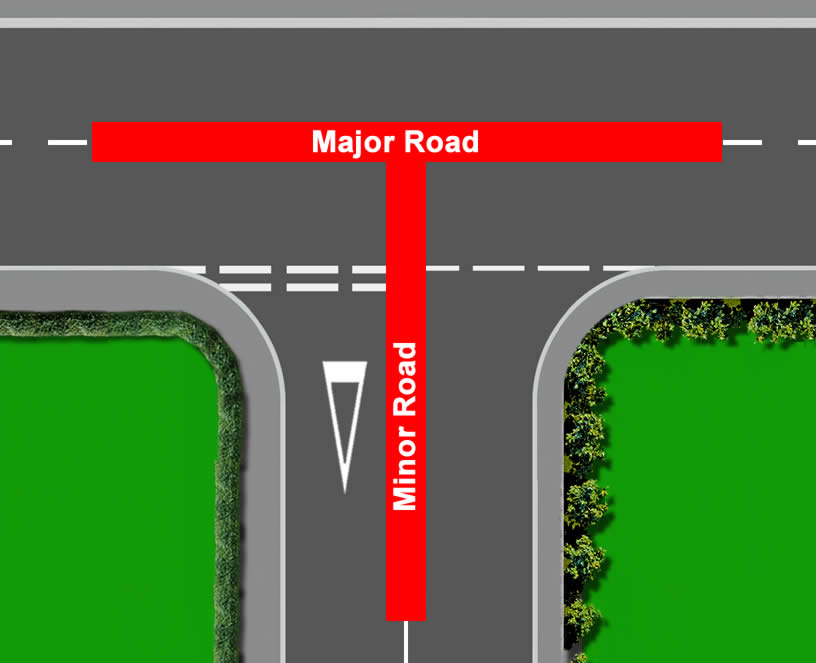In terms of driving, a T-junction represents the letter ‘T’ and it’s where a minor road joins a major road. T-junctions are the most common type of junctions on UK roads.
Every year, the number one most common reason for failing a driving test is to do with junctions and T-junctions will represent a large proportion of this (see top 10 driving test fails). It’s essential that while learning to drive, you gain as much experience around all forms of T-junctions as possible. The various forms of T-junction include:
- Open and closed junctions
- Blind junctions
- Unmarked junctions
- Marked junctions
- Controlled junctions
- Box junctions
During the practical driving test, if the examiner is providing verbal instruction on directions, they will refer to a T-junction as ‘at the end of the road’. For example, ”At the end of the road, turn left”.
T-junctions with Two-way Traffic
The vast majority of T-junctions will have two-way traffic. This means that as you approach the junction, before joining the new road, you’ll first need to give way to traffic approaching from your left and the right.

T-junctions with One-way Traffic
Less common are T-junctions with one-way traffic. You’ll find these types of T-junctions in towns and cities. Blue signs will indicate the traffic flow direction. You’ll need to give way to traffic from your left or right, depending on which direction the flow of traffic is going.

